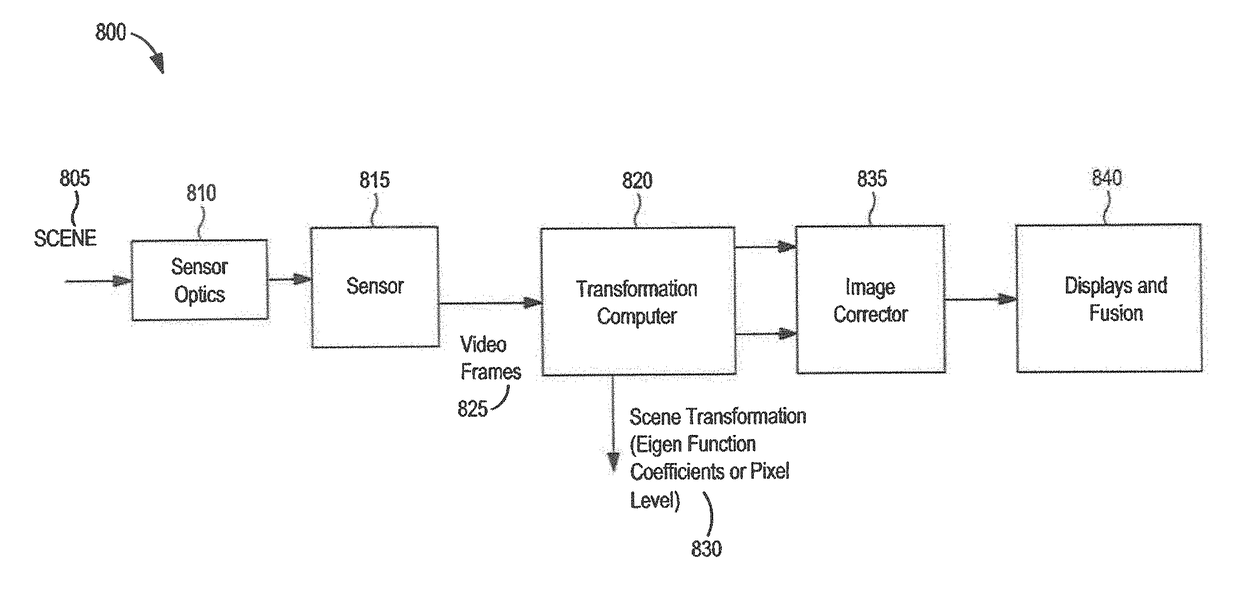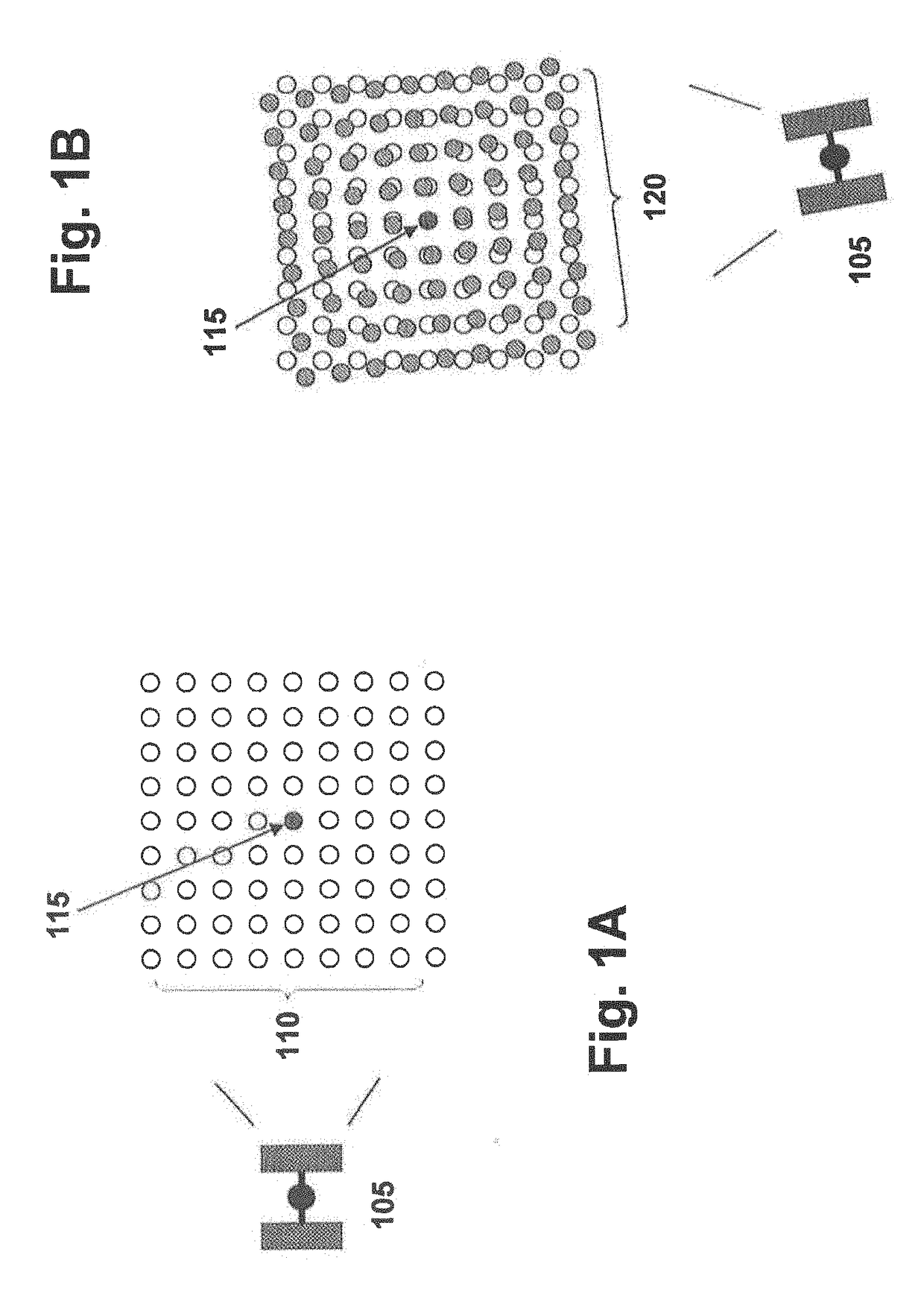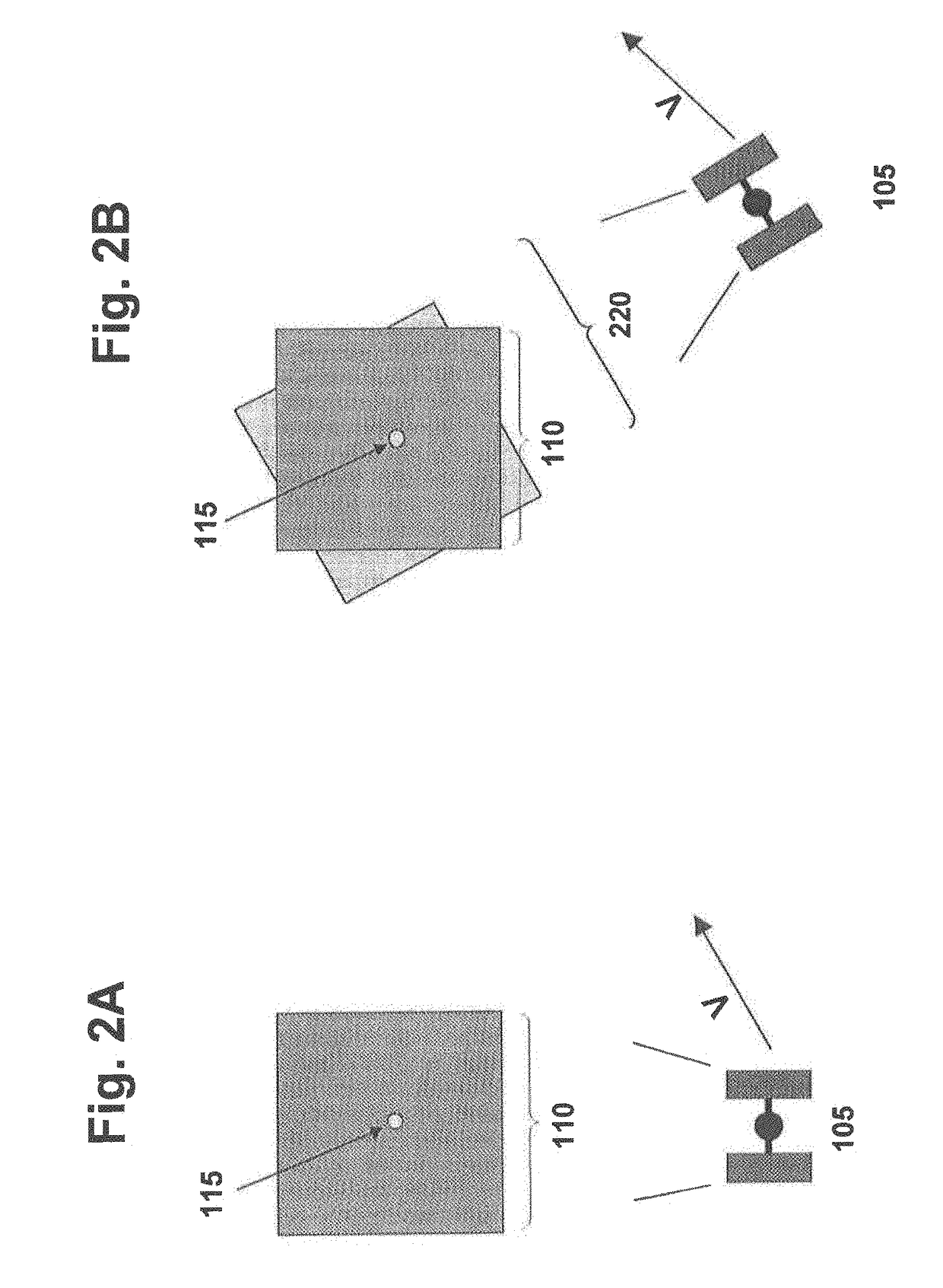Self correcting adaptive low light optical payload
a low-light optical payload and self-correction technology, applied in the field of image processing, can solve the problems of low-light frame aggregation employed in the implementations of low-light imaging platforms, which has previously not been applied by others, and is sensitive to motion, so as to reduce underexposure and contrast loss, increase the exposure period, and reduce the effect of underexposur
- Summary
- Abstract
- Description
- Claims
- Application Information
AI Technical Summary
Benefits of technology
Problems solved by technology
Method used
Image
Examples
Embodiment Construction
[0047]Systems and methods for capturing images are disclosed. In the following description, numerous specific details are set forth. In the other instances, details well known to those skilled in the art may not be set out so as not to obscure the invention. It will be apparent to those skilled in the art in the view of this disclosure that modifications, substitutions and / or changes may be made without departing from the scope and spirit of the invention. In the description that follows, like components have been given the same reference numerals, regardless of whether they are shown in different examples. As noted above, in order to illustrate examples of the present disclosure in a clear and concise manner, the drawings may not necessarily be to scale and certain features may be shown in somewhat schematic form. Features that are described and / or illustrated with respect to one example may be used in the same way or in a similar way in one or more other examples and / or in combina...
PUM
 Login to View More
Login to View More Abstract
Description
Claims
Application Information
 Login to View More
Login to View More - R&D
- Intellectual Property
- Life Sciences
- Materials
- Tech Scout
- Unparalleled Data Quality
- Higher Quality Content
- 60% Fewer Hallucinations
Browse by: Latest US Patents, China's latest patents, Technical Efficacy Thesaurus, Application Domain, Technology Topic, Popular Technical Reports.
© 2025 PatSnap. All rights reserved.Legal|Privacy policy|Modern Slavery Act Transparency Statement|Sitemap|About US| Contact US: help@patsnap.com



